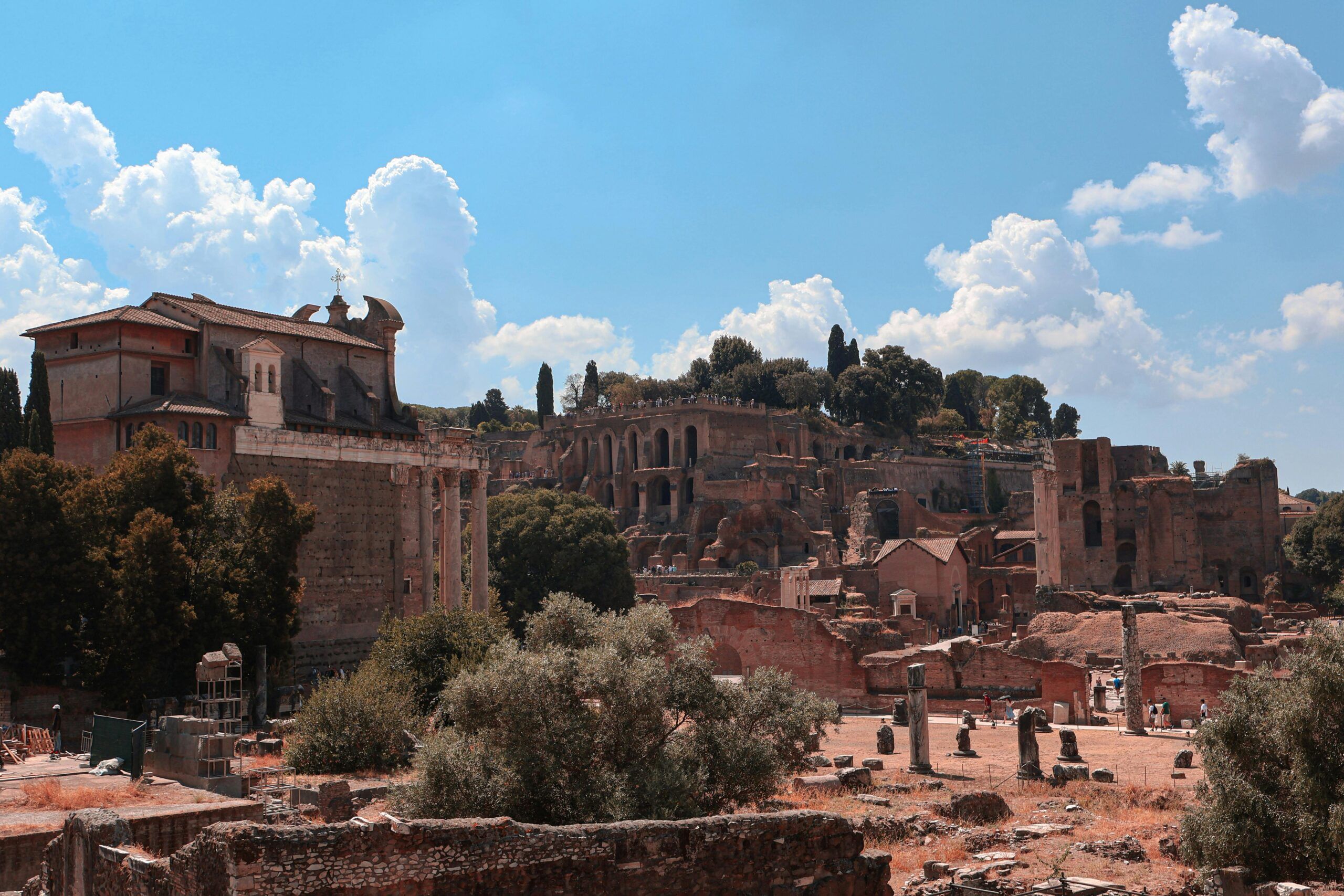The aroma of our societies evolves with changing trends, technologies – and hygiene. What would a time traveller from 2024 notice first about cities from previous centuries? Our expert Inger Leemans sniffs out the answers.
“The first thing you probably would notice is that you can smell better,” says Leemans, a researcher based at the Royal Netherlands Academy of Arts and Sciences.
Without some of the olfactorily harmful elements of modern life – such as fumes from traffic or industry – our noses would be more able to take in more of the natural smells from our environment, she explains.
Once acclimated to this improved sense, we would likely be hit by a smellscape far more dominated by animals. Centuries ago, it was noticeably more common for the residents of cities to have horses (for transport), chickens and cows (without pasteurisation or refrigeration for eggs and milk, they had to be kept closer to customers), as well as pigs (in Geneva, many pigs were fed plant residues from breweries, so they would have smelled fairly malty too).
Many historic buildings were made of wood, which when damp would add a distinct smell and mix with that of the fumes from the many chimneys. Larger cities would mean more bakeries, butchers and breweries, as well as slaughterhouses, all adding their own odours to the streets. Many of these emerging industries would use fresh water from canals and rivers and replace it with polluted or dirty water, which would add to the overall bouquet.
The more prosperous a city, the stronger its scent. More people meant more death, which was historically far more open in both sight and smell. “People would often complain about cadavers floating around,” adds Leemans. Waterways were also used more as open garbage and sewer systems in the past – with obvious olfactory consequences. That said, historical, cultural and other records show cities constantly tried to remove foul odours, particularly as many believed that smells themselves could spread disease.
In the EU-funded ODEUROPA project, Leemans and her team employed artificial intelligence and advanced computing to identify and recreate these historical smells and bring them back to life. This included extracting and analysing volatile organic compounds from historic artefacts, chemicals which hold secrets of smells of the past. The researchers worked to contextualise objects and smells in combination with archaeological and archaeobotanical research.
The outputs of the project include: a Smell Explorer, an online resource that allows users to study smell as a cultural phenomenon; the Encyclopaedia of Smell History and Heritage, which combines academic and creative expertise on smell; and an Olfactory Storytelling Toolkit to help museums to incorporate smell into their exhibitions.
So are today’s cities less vibrant to the nostrils than yesteryear? Yes and no, says Leemans. Our ability to smell is probably slightly different, and we’re sensitised to different odours. Today’s Amsterdam has “wheat and waffles everywhere,” she notes. Add to that traffic fumes, cigarettes and fruit-scented clouds from vape sticks. Leemans says a visitor from the past might turn their nose up at the smell of modern cities.
More information: CORDIS.







Leave a Reply